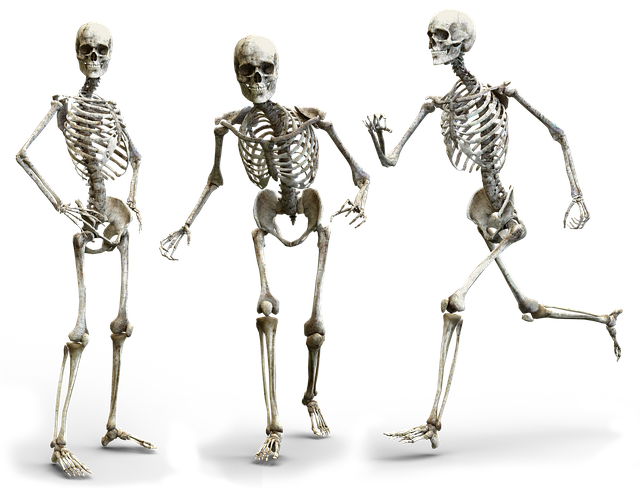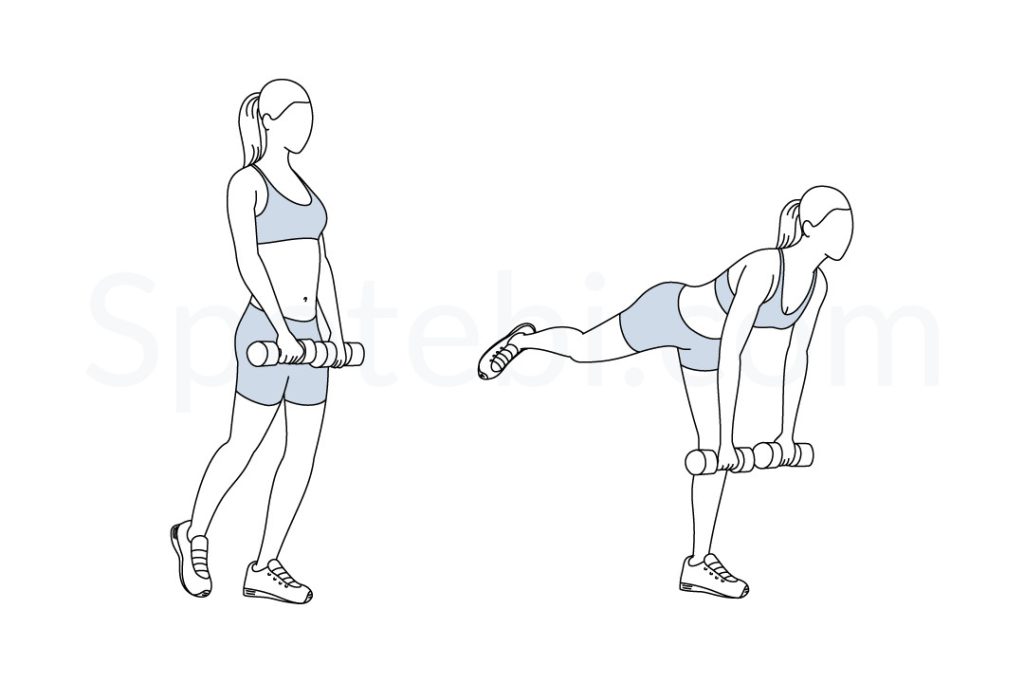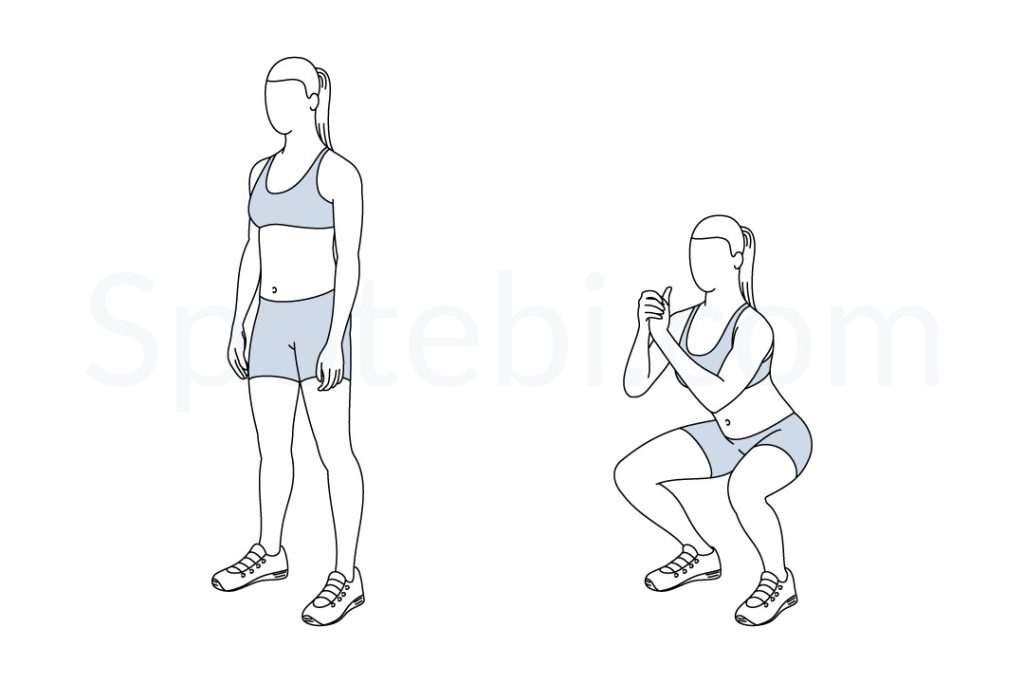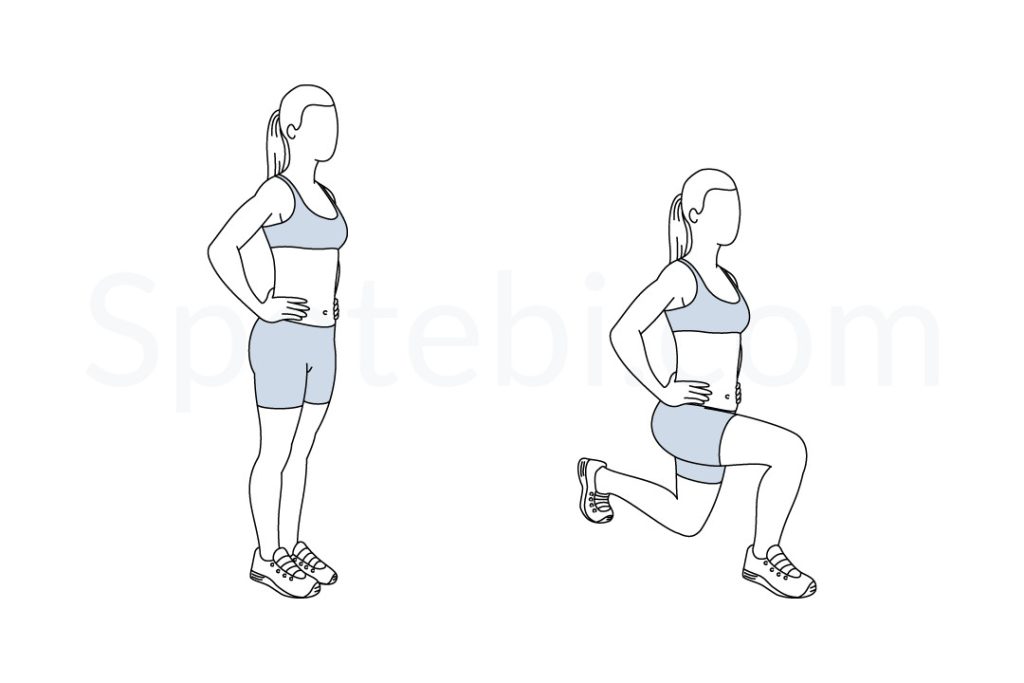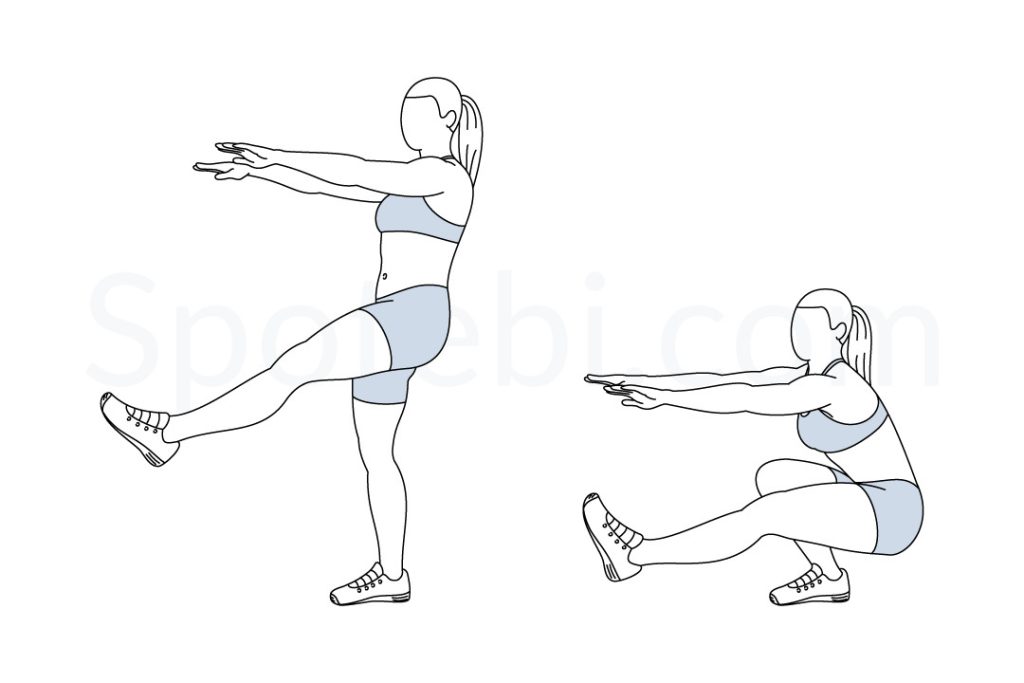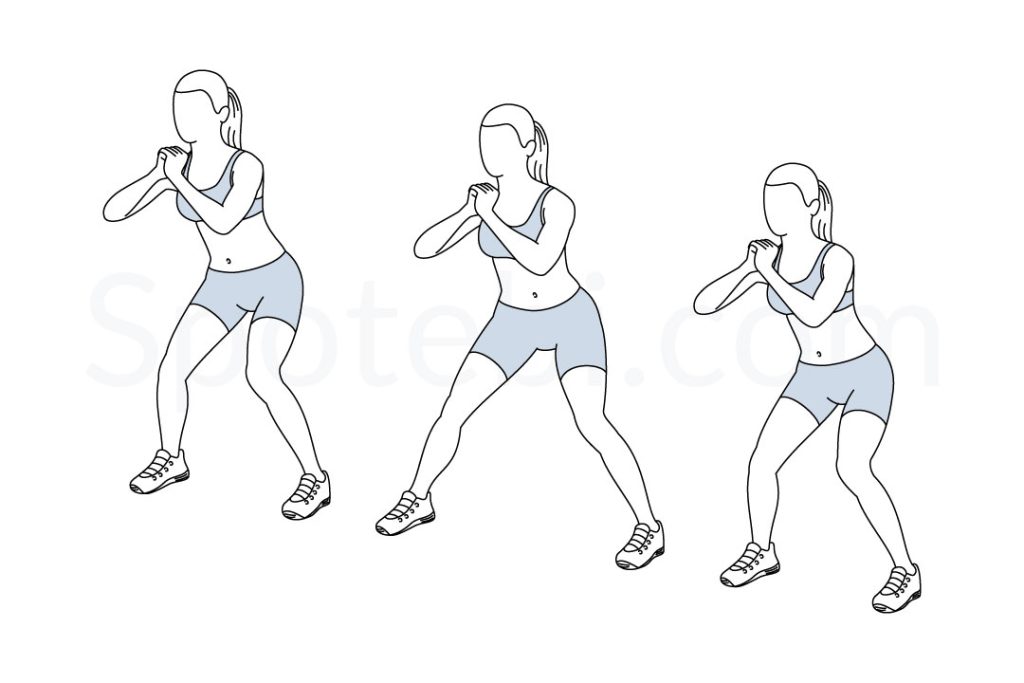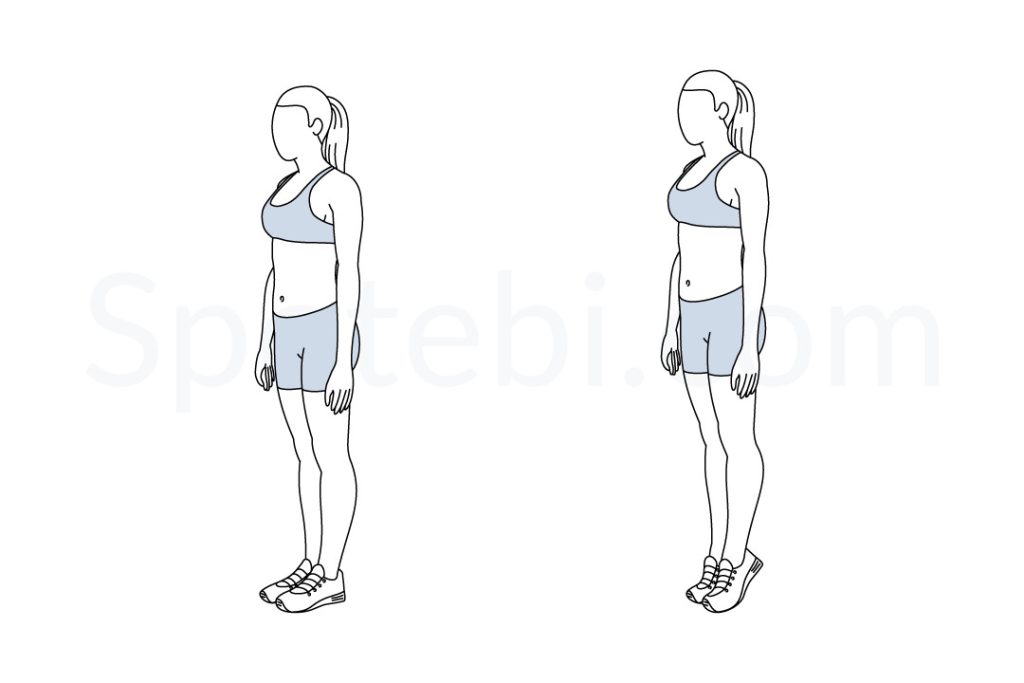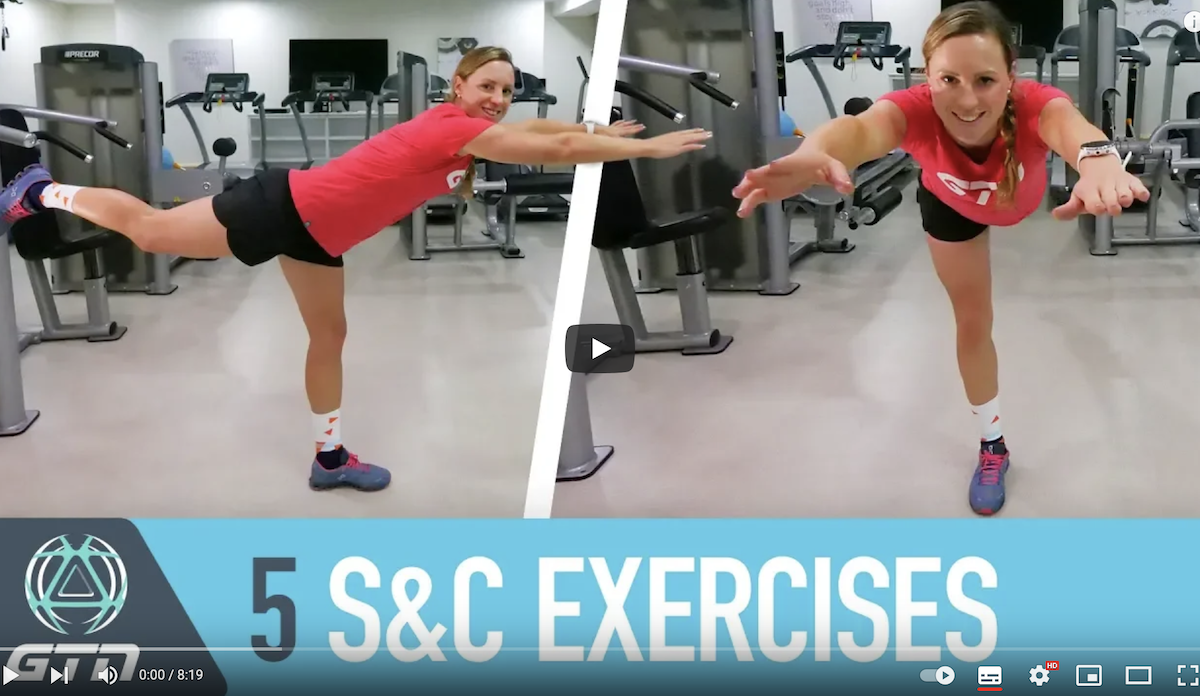‘Can’t I just go running?’ said many a runner. Yes of course, but to improve your overall running (technique, stamina, efficiency, speed), and to help stave off those pesky run-related injuries, strength work should be an essential part of anyone’s weekly diary. Ideally you should do some strength work two or three times a week. Cue the groans…but stick with me on this!
Before you read on, please note that I am not medically trained and the advice below is based purely on my own findings and internet searches throughout my running life. Any of the exercises you do are done at your own risk, but hopefully you’ll get used to them and feel the benefits.
What are biomechanics?
Think about your biomechanics – that’s the term coined in the 1970s by scientists to describe how we move and the forces that are exerted within our bodies as we go about various movements. I’m sure you’ll agree you don’t need to have a PhD in Biomechanics to realise that if we are not aligned when we move or if our body has a weakness in a particular area, then stresses are going to be put on places that aren’t designed to take them. The result is then pain in that area.
A good analogy here could be your car’s tyres. When you have new tyres fitted on your car, you’re told to get them balanced and to get the tracking (wheel alignment) done. If you don’t, your steering wheel wobbles and the car judders which will stress other mechanical parts unnecessarily. Failure to have the wheels balanced and aligned could ultimately lead to issues in your steering system and / or suspension and / or other parts of the car (the wheels themselves will be fine – the damage is passed on up the chain).
A quick internet search tells us that we put between 3 and 8 times our bodyweight through our lower body when we run so ensuring our lower body can take those forces – and in an aligned way – is essential. This is where strength training comes in.
Strength Exercises for Running
There are a whole range of exercises we can do to strengthen our core and legs but some of my ‘favourite’ (does anyone have favourite strength exercises??!) are shown here. Combine double leg exercises with single leg exercises to ensure that your weaker side gets a good workout too and your stronger leg isn’t always doing most of the work.
Some of my top tips for all strength exercises would be:
And as a final takeaway, here’s Heather from Global Triathlon Network explaining more about exercises, and demonstrating some of them, and some variations, from the list above:


